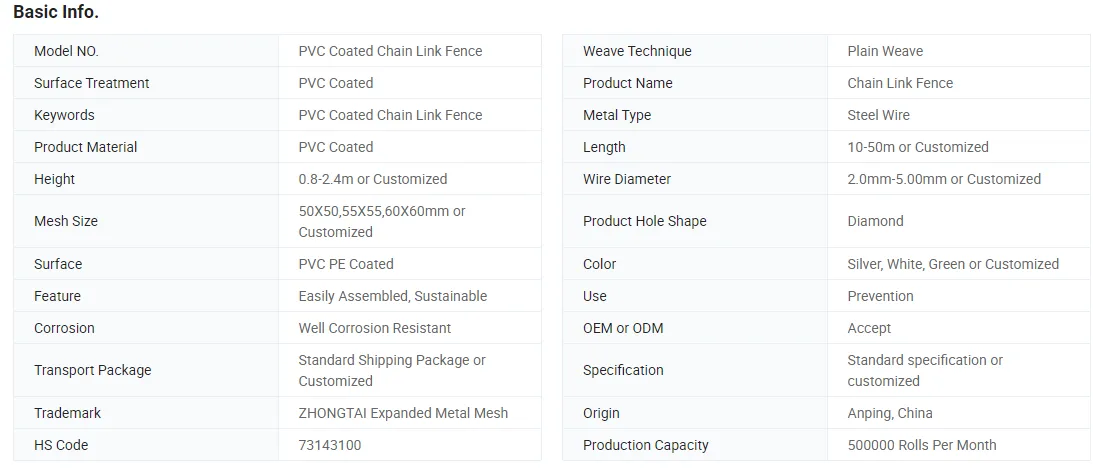Understanding Perforated Corrugated Panels Applications and Benefits
Perforated corrugated panels have emerged as a versatile solution in various industries, combining aesthetic appeal with practical functionality. Their unique design, characterized by a series of ridges or grooves alongside a perforated surface, offers a wide range of benefits, making them a popular choice for architectural and industrial applications.
What Are Perforated Corrugated Panels?
Perforated corrugated panels are sheets made from metal or other materials that feature a series of holes or perforations throughout their surface. They are typically produced by stamping or laser cutting, allowing for precise and customizable designs. The corrugation adds structural strength, making these panels highly durable, while the perforations enable air and light to pass through.
Applications of Perforated Corrugated Panels
1. Architectural Design In modern architecture, perforated corrugated panels are often used for cladding and facades. They provide not only a striking visual effect but also can help regulate temperature by allowing air circulation. This contributes to energy efficiency in buildings and can even create intriguing play between light and shadow, enhancing the aesthetic quality of structures.
2. Acoustic Solutions Thanks to their unique perforated design, these panels make excellent acoustic elements in various environments. They can absorb sound, making them suitable for auditoriums, offices, and public spaces where noise control is essential. The combination of corrugation and perforation helps to diffuse sound waves, reducing echoes and improving overall sound quality.
3. Industrial Use In industrial settings, perforated corrugated panels are often employed in processes that require ventilation or filtration. For example, they can be used in the manufacturing of equipment shelters, ensuring airflow while protecting sensitive components from debris. Their robust nature allows them to withstand harsh conditions, making them ideal for use in factories, warehouses, and outdoor installations.
perforated corrugated panels

4. Fencing and Screening Perforated panels are increasingly being used in outdoor spaces for fencing and screening applications. They provide privacy while still allowing airflow and visibility, making them perfect for gardens, patios, and pool areas. Their aesthetic appeal can enhance landscaping designs, offering both utility and beauty.
Benefits of Using Perforated Corrugated Panels
- Durability Made from materials such as aluminum, steel, or high-density plastics, these panels are designed to last, resisting wear and tear from various environmental factors. - Customization The perforation patterns can be customized to meet specific design needs or functional requirements, allowing for a high degree of personalization.
- Lightweight The construction of corrugated panels makes them relatively lightweight compared to solid sheets, simplifying installation without compromising strength.
- Sustainability Many manufacturers produce perforated corrugated panels from recycled materials. Their use in energy-efficient designs also contributes to sustainable building practices.
- Cost-Effectiveness The longevity and low maintenance of these panels lead to reduced replacement costs over time, making them a smart investment for both commercial and residential projects.
Conclusion
Perforated corrugated panels represent a revolution in material design and application across various fields. With their multifunctionality, aesthetic benefits, and durability, they are poised to become a staple in architectural and industrial projects alike. As technology continues to advance, it is likely that we will see even more innovative uses for these versatile panels in the future. Embracing their potential can lead to not just functional solutions, but also stunning visual contributions to our built environment.
-
Why Galvanized Trench Cover Steel Grating Resists Corrosion
NewsJul.10,2025
-
The Versatility and Strength of Stainless Expanded Metal Mesh
NewsJul.10,2025
-
Load Calculations in Steel Grating Platforms
NewsJul.10,2025
-
Keeping Pets and Kids Safe with Chicken Wire Deck Railing
NewsJul.10,2025
-
Hole Diameter and Pitch for Round Perforated Metal Sheets
NewsJul.10,2025
-
Aluminium Diamond Mesh in Modern Architecture
NewsJul.10,2025
Subscribe now!
Stay up to date with the latest on Fry Steeland industry news.

